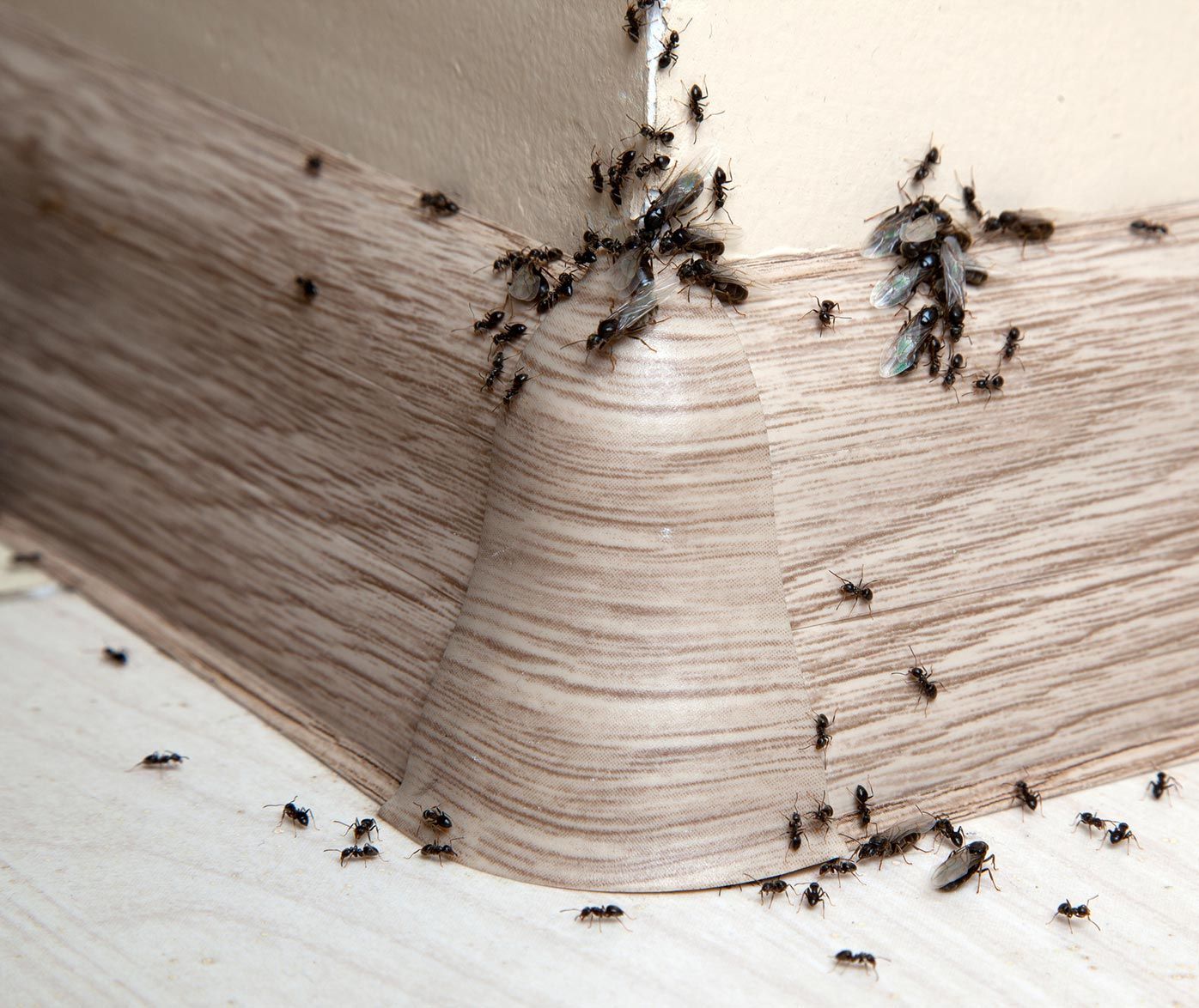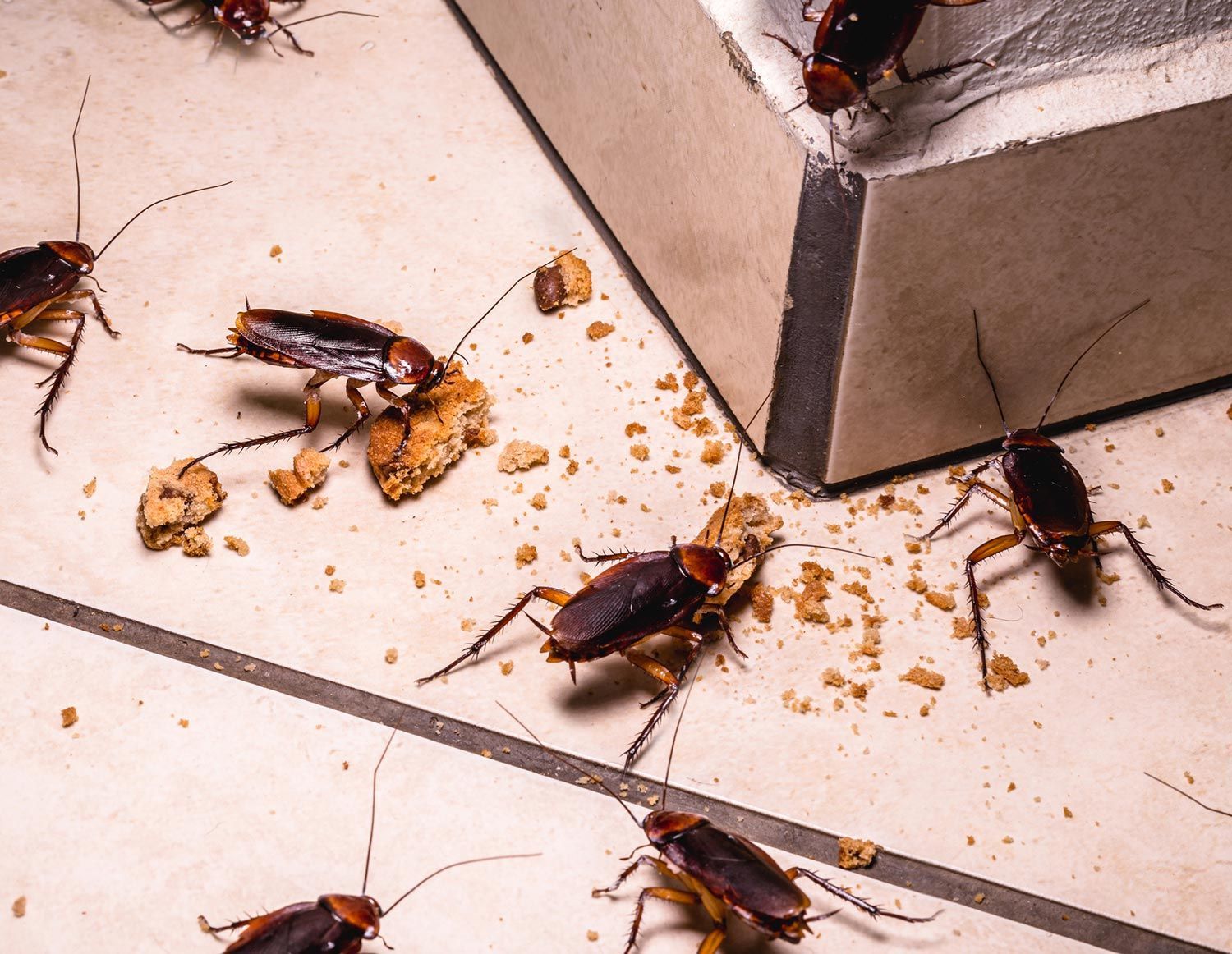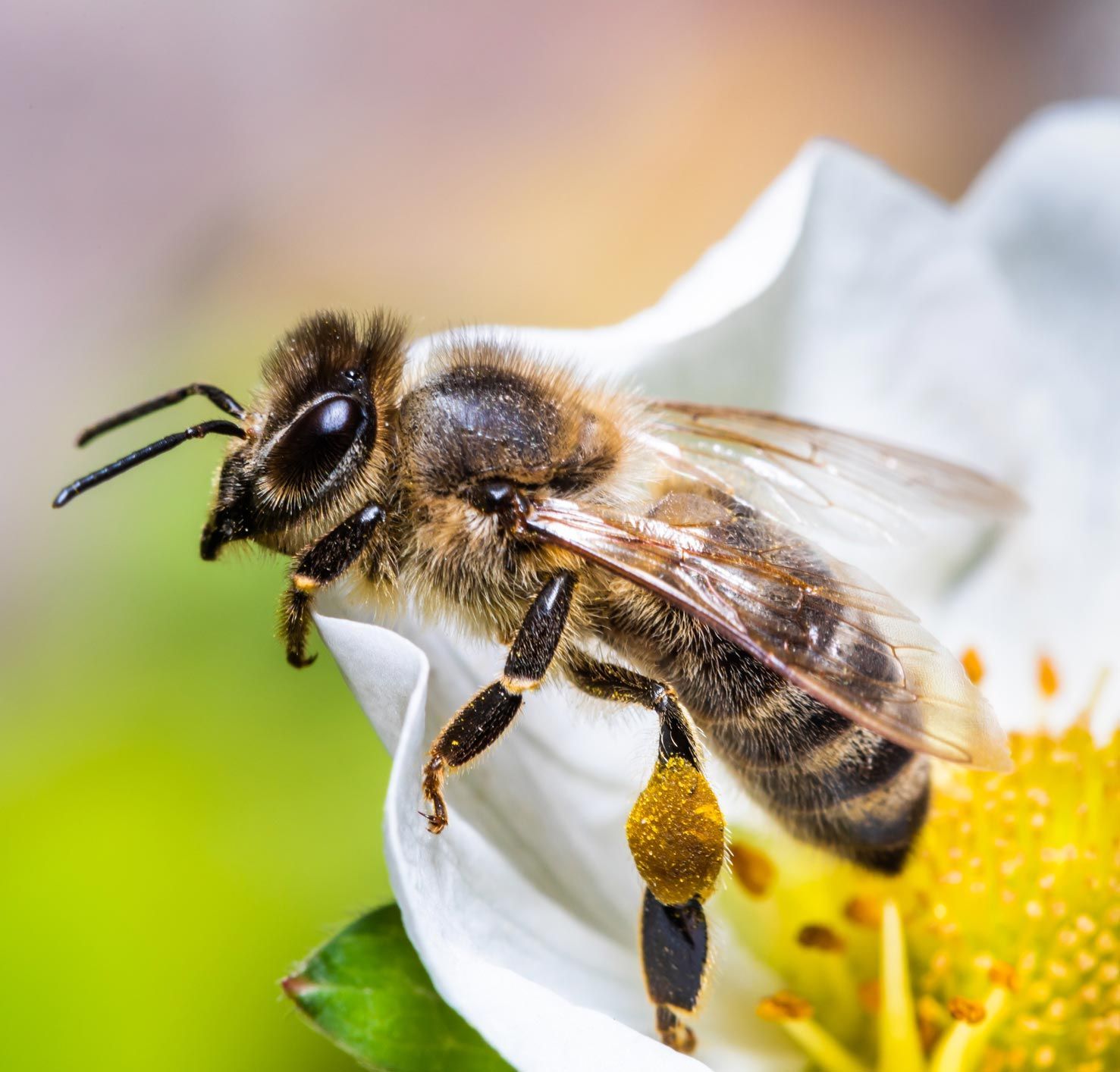BUG FACTS
Ant Facts:
- The African Weaver Ant can haul food weighing more than 1000 times its own weight to the nest for a meal.
- Crazy Ants are called that because they run around in a very wild manner when disturbed or agitated.
- With the strength of an ant, a 175-pound human could lift almost 9000 pounds.
- Fire Ants are said to have an internal compass that they use to navigate in the darkness created by eating magnetite, a mineral found in the desert.
- When disturbed, many ants spray formic acid from their abdomens. More than 150 species of birds have been observed putting ants in their feathers by picking them up in their beaks. Afterward, the ants spray formic acid on the birds, which kills parasitic mites that live on the birds.
Cockroach Facts
- A lifelong pregnancy? There are some female cockroaches who mate once, and they become pregnant for the rest of their lives.
- Despite their propensity to survive for months without food, roaches can only survive for a week without water.
- Cockroaches can survive a week without a head. It only dies because it cannot drink water without a mouth.
- Every cockroach has at least 18 knees.
- The cockroach is an ancient insect. They appear virtually unchanged, based on fossil records, for over 350 million years.
- Cockroaches are a major cause of allergies and asthma, according to recent studies. Around 45% of inner city children are allergic to roaches, and many of them are suffering from asthma due to exposure.
Spider Facts:
- In South America, one specimen of the Theraphosa leblondi is known to have a leg span of over 11 inches, making it the largest spider in the world.
- In terms of danger, the Sydney Funnel Web Spider - Atrax robustus - may be the most dangerous spider to humans, as its venom is so powerful. If injected quickly, its venom can potentially kill a small child within 15 minutes. As a result of the development of an anti-venom, no human deaths have occurred since then.
- A wide range of drugs significantly affect spiders in various ways. Caffine can cause them to spin "nervous webs." LSD caused them to spin webs eratically, whereas spiders given sedatives fell asleep before they could complete their web.
Bee Facts
- In order to make one pound of honey, honeybees may make 10,000,000 trips. Bees may have traveled twice the distance around the world to produce this much honey. They have flown 55,000 miles for this pound of honey and visited over 2,000,000 flowers as part of their activity.
- The term "honeymoon" stems from the Middle Ages when newly married couples were given enough honey wine to last them throughout their first month together.
- Honeybees can travel up to 60 miles in a single day in search of food sources.
- Honeybee wings beat over 11,000 cycles per minute, but the average speed of their flight is only 15 miles per hour.
Contact Us Today for a Free Consultation!
Browse Our Website
Contact Information
Address:
6765 S Eastern Ave. Ste 2
Las Vegas, NV 89119
Phone: (702) 871-9900
Email: jeremy@swatbk.com
Hours of Operation:
Sun - Mon: Closed
Tue - Sat: 8:00 am - 4:00 pm
Our Location
© 2024
Swat Bug Killers




